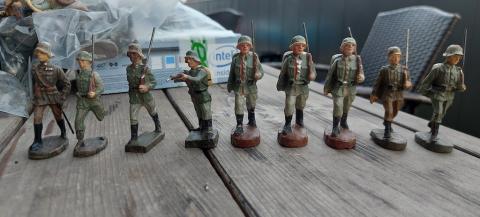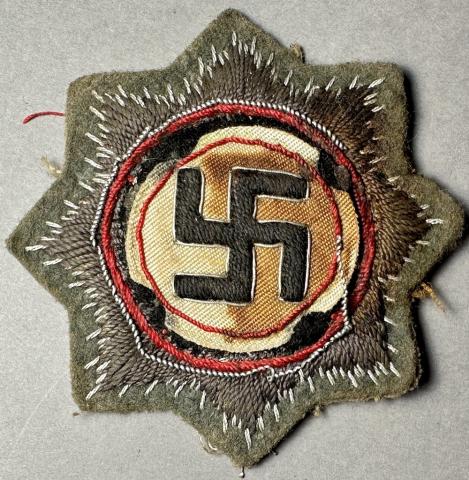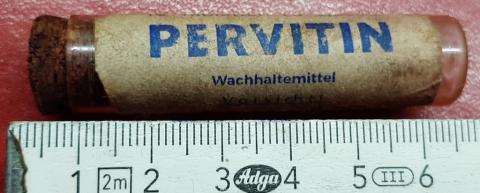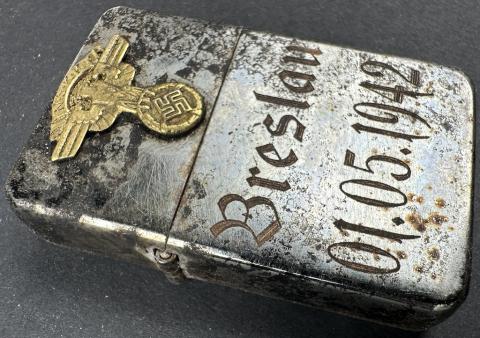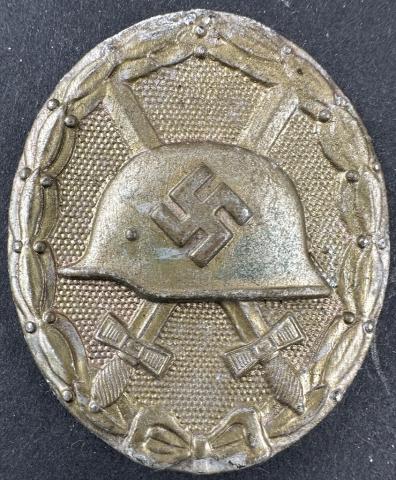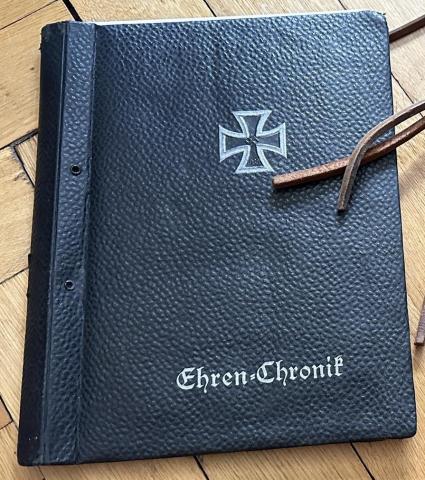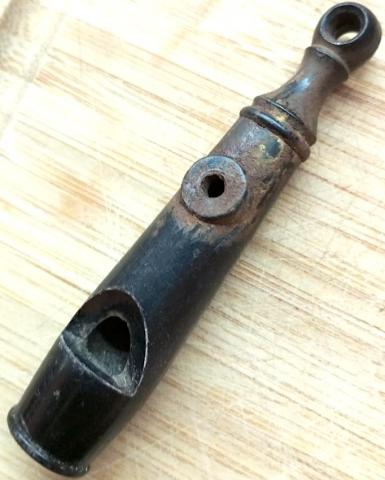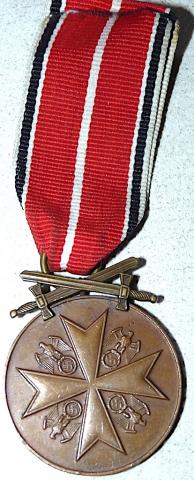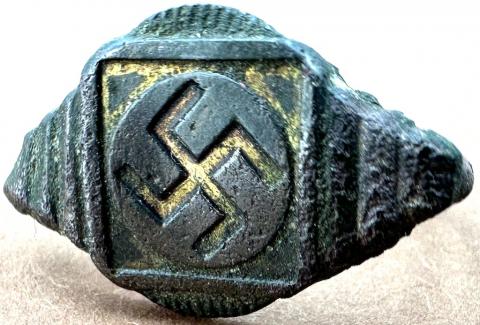WW2 German Nazi lot of 9 wehrmacht soldiers figurines gun mauser Elastolin Lineol toy figurine
WW2 German Nazi lot of 9 wehrmacht soldiers figurines gun mauser Elastolin Lineol toy figurine
Product
WW2 German Nazi lot of 9 wehrmacht soldiers figurines gun mauser Elastolin Lineol toy figurine
